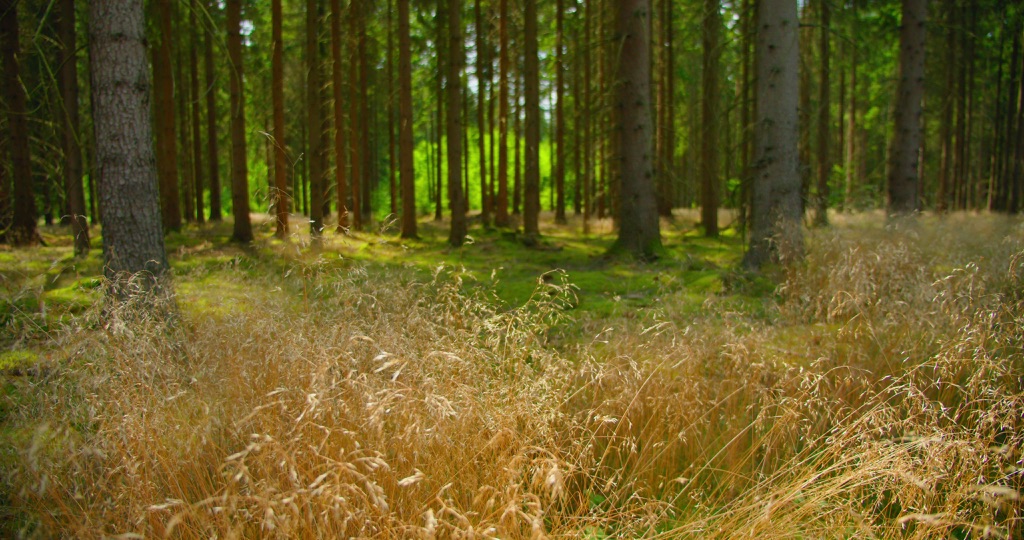Ecosystems are dynamic and interconnected systems where various biological communities interact. One particularly intriguing aspect of these systems is the “edges” where different ecosystems meet. These edges, or ecotones, are often rich in biodiversity and offer unique environments for a variety of species. But what makes these boundary areas so special?
The Richness of Edges
When hiking through various landscapes, one might notice that the edges between ecosystems, such as where a forest meets a meadow or a marsh transitions into a prairie, are teeming with life. These areas combine the resources and benefits of both adjacent ecosystems, creating a haven for many species. For example, the edge of a forest provides shelter and cover for animals, while the adjacent open field offers food resources like water and prey. This duality supports a higher diversity of species compared to the interior of a single ecosystem.
Natural and Human-Made Edges
Edges can form naturally due to geographical features like rivers, mountains, and valleys. These natural boundaries create inherent edges where ecosystems overlap. Human activities also create edges. Farmlands, roads, and urban developments often result in new boundaries, influencing the distribution and behavior of wildlife. For instance, hedgerows planted by farmers not only act as windbreaks but also serve as corridors for wildlife, supporting biodiversity in agricultural landscapes.
Ecotones and Adaptation
Animals and plants living near these edges often have advantages over those confined to a single ecosystem. The ability to thrive in multiple environments increases their survival chances. If one ecosystem suffers from changes like flooding or fires, species can migrate to the adjoining habitat. This adaptability is crucial in a rapidly changing world.
Environmental Influences
The physical conditions at ecosystem edges also play a significant role. Wind patterns, sunlight exposure, and soil composition can differ drastically between adjoining ecosystems, affecting the flora and fauna. For example, wind speeds may increase along the edges, aiding in the dispersion of seeds and pollen. This can lead to a richer and more varied plant life in these areas.
Conclusion
Exploring the edges of ecosystems reveals the complexity and interconnectedness of our natural world. These transition zones are not just boundaries but are vibrant, dynamic areas that support a rich diversity of life. By understanding and protecting these edges, we can contribute to the preservation of biodiversity and the health of our planet.

